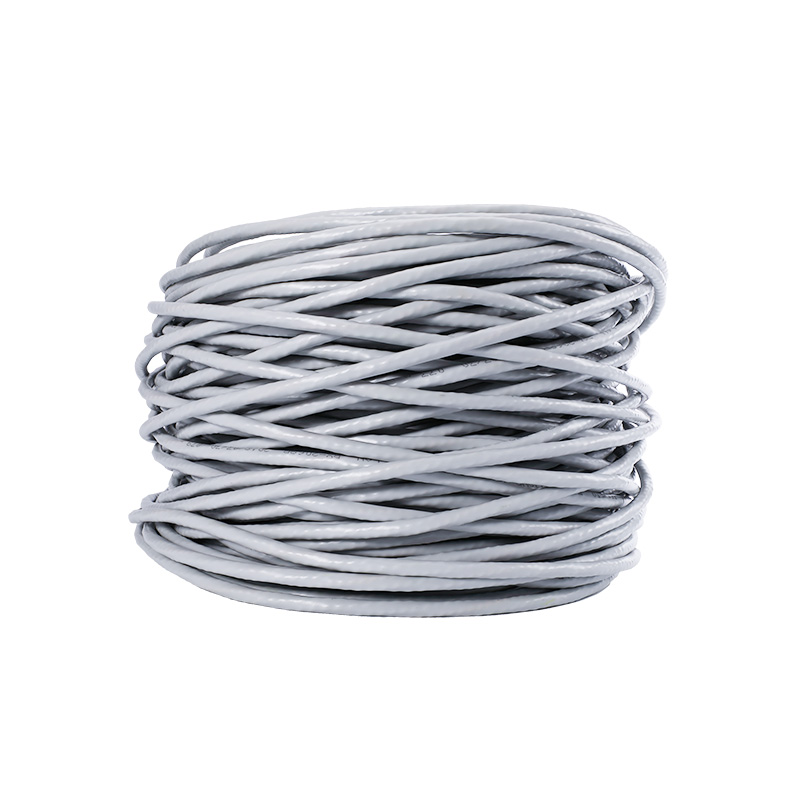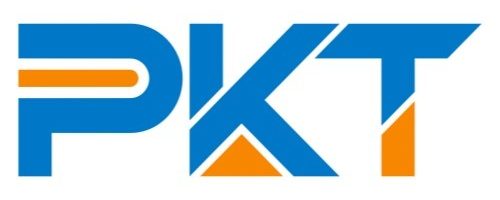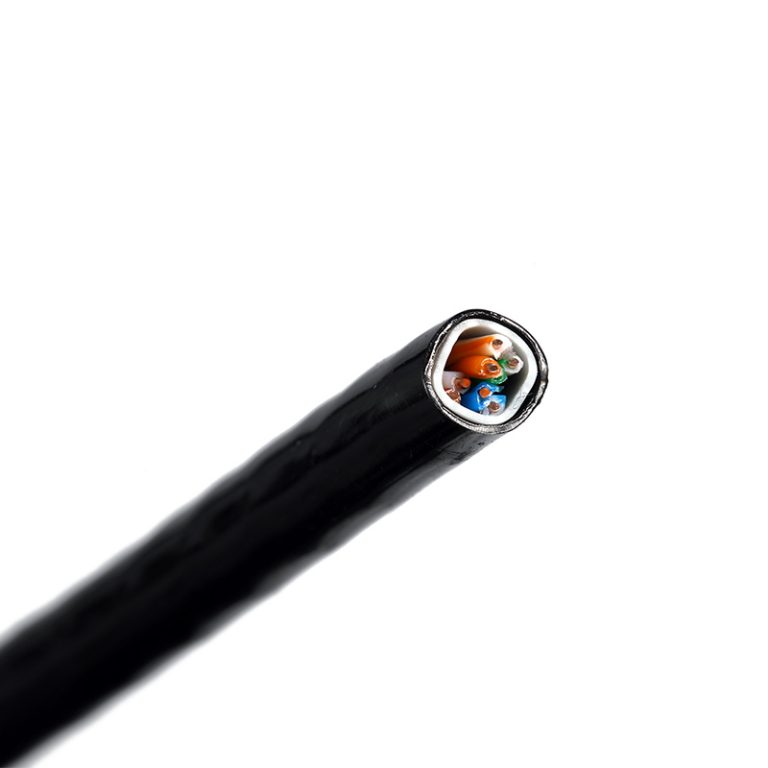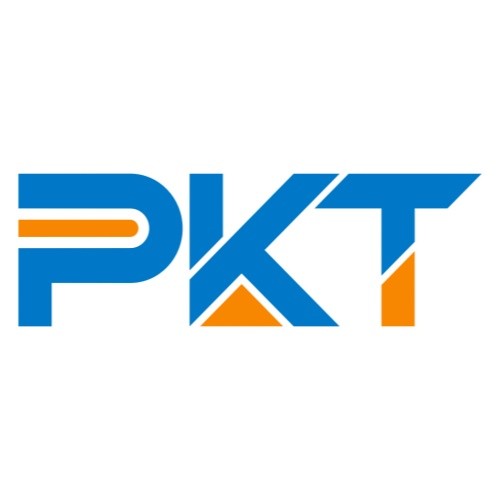Self-supporting Bow-type Drop Cable Companies

Benefits of Using Self-Supporting Bow-Type Drop Cables for Internet Connectivity
Self-supporting bow-type drop cables have become increasingly popular in the telecommunications industry due to their numerous benefits for internet connectivity. These cables are designed to be self-supporting, meaning they do not require additional support structures such as poles or towers to hold them in place. This makes them a cost-effective and efficient solution for providing internet connectivity in both urban and rural areas.
| No. | Product Name |
| 1 | signal line |
One of the key benefits of using self-supporting bow-type drop cables is their ease of installation. Traditional cables require the use of poles or towers to support them, which can be time-consuming and expensive. In contrast, self-supporting bow-type drop cables can be easily installed by simply attaching them to existing structures such as buildings or trees. This makes them an ideal solution for quickly and efficiently expanding internet connectivity in areas where traditional installation methods are not feasible.
Another advantage of self-supporting bow-type drop cables is their durability. These cables are designed to withstand harsh weather conditions, making them a reliable option for providing internet connectivity in areas prone to extreme weather events. Additionally, their self-supporting design reduces the risk of damage from falling trees or other debris, further enhancing their durability and reliability.

In addition to their ease of installation and durability, self-supporting bow-type drop cables also offer improved signal quality. Traditional cables that rely on support structures can be prone to signal interference, resulting in slower internet speeds and unreliable connectivity. Self-supporting bow-type drop cables, on the other hand, are designed to minimize signal interference, ensuring a consistent and reliable internet connection for users.
Furthermore, self-supporting bow-type drop cables are a cost-effective solution for providing internet connectivity. The lack of additional support structures reduces installation costs, making these cables a more affordable option for expanding internet access in both urban and rural areas. Additionally, their durability and improved signal quality help to reduce maintenance costs over time, further enhancing their cost-effectiveness.
Overall, self-supporting bow-type drop cables offer a range of benefits for companies looking to expand internet connectivity. Their ease of installation, durability, improved signal quality, and cost-effectiveness make them an attractive option for providing reliable and efficient internet access to customers. As the demand for high-speed internet continues to grow, self-supporting bow-type drop cables are likely to play an increasingly important role in meeting this demand and ensuring that users have access to fast and reliable internet connectivity.
Top Self-supporting Bow-type Drop Cable Companies in the Market
Self-supporting bow-type drop cables are an essential component in telecommunications infrastructure, providing a reliable and efficient means of delivering high-speed internet and other services to homes and businesses. As demand for faster and more reliable connectivity continues to grow, the market for self-supporting bow-type drop cables has also expanded, with several companies emerging as leaders in the industry.
One of the top companies in the market for self-supporting bow-type drop cables is Corning Incorporated. With a long history of innovation and expertise in fiber optic technology, Corning has established itself as a trusted provider of high-quality cables for telecommunications networks. Their self-supporting bow-type drop cables are designed to withstand harsh environmental conditions, making them ideal for outdoor installations. Corning’s commitment to quality and reliability has earned them a strong reputation among telecommunications providers and network operators.
Another key player in the market for self-supporting bow-type drop cables is Prysmian Group. With a global presence and a diverse portfolio of products, Prysmian is a leading supplier of cables for a wide range of applications, including telecommunications. Their self-supporting bow-type drop cables are known for their durability and performance, making them a popular choice for network installations. Prysmian’s focus on innovation and customer satisfaction has helped them build strong relationships with telecommunications companies around the world.

CommScope is another company that has made a name for itself in the market for self-supporting bow-type drop cables. With a focus on delivering cutting-edge solutions for telecommunications networks, CommScope offers a range of cables that are designed to meet the demands of modern connectivity. Their self-supporting bow-type drop cables are engineered for maximum performance and reliability, making them a preferred choice for network operators looking to upgrade their infrastructure. CommScope’s commitment to quality and innovation has positioned them as a key player in the telecommunications industry.
| Number | Product |
| 1 | patch cord wiring |
| No. | Name |
| 1 | Audio Core Wire |
FiberHome is also a prominent player in the market for self-supporting bow-type drop cables. As a leading provider of telecommunications equipment and solutions, FiberHome offers a comprehensive range of cables for network installations. Their self-supporting bow-type drop cables are designed to deliver high-speed connectivity with minimal maintenance requirements, making them an attractive option for telecommunications providers. FiberHome’s focus on research and development has enabled them to stay ahead of the curve in a rapidly evolving industry.
In conclusion, the market for self-supporting bow-type drop cables is highly competitive, with several companies vying for market share. Companies like Corning Incorporated, Prysmian Group, CommScope, and FiberHome have established themselves as leaders in the industry, thanks to their commitment to quality, innovation, and customer satisfaction. As demand for high-speed connectivity continues to grow, these companies will play a crucial role in shaping the future of telecommunications infrastructure.
Installation Tips and Best Practices for Self-Supporting Bow-Type Drop Cables
Self-supporting bow-type drop cables have become increasingly popular in the telecommunications industry due to their ease of installation and durability. These cables are designed to support their own weight, eliminating the need for additional support structures such as messenger wires or lashing. This makes them ideal for aerial installations in areas where traditional support methods are not feasible.


When installing self-supporting bow-type drop cables, there are several best practices that companies should follow to ensure a successful and reliable installation. One of the most important considerations is proper cable handling. It is essential to handle the cable carefully to avoid damaging the fibers or compromising the cable’s strength. This includes avoiding sharp bends, kinks, or twists in the cable during installation.
Another key factor to consider is the proper selection of hardware and accessories for the installation. Companies should use high-quality hardware that is designed specifically for self-supporting bow-type drop cables to ensure a secure and reliable installation. This includes clamps, brackets, and other mounting hardware that are compatible with the cable’s design and specifications.

In addition to selecting the right hardware, companies should also pay close attention to the installation environment. It is important to choose a suitable location for the cable that is free from obstructions and interference. This will help to prevent damage to the cable and ensure optimal performance.
Proper tensioning of the cable is also crucial for a successful installation. Companies should follow the manufacturer’s guidelines for tensioning the cable to ensure that it is properly supported and secured. This will help to prevent sagging or stretching of the cable, which can lead to performance issues and potential damage.
During the installation process, companies should also take care to protect the cable from environmental factors such as extreme temperatures, moisture, and UV exposure. This can be achieved by using protective sheathing or enclosures to shield the cable from the elements. Additionally, companies should regularly inspect the cable for signs of wear or damage and address any issues promptly to prevent further damage.
| Serial Number | Commodity Name |
| 1 | optical link module |
Proper documentation of the installation process is also important for future maintenance and troubleshooting. Companies should keep detailed records of the installation, including cable lengths, hardware used, and any special considerations or challenges encountered during the installation. This information can be invaluable for future reference and can help to streamline maintenance and repair efforts.
| Number | Article Name |
| 1 | CCTV Camera Cable Security Rg59 2C Power |
In conclusion, self-supporting bow-type drop cables offer a convenient and reliable solution for aerial installations in the telecommunications industry. By following best practices for installation, companies can ensure a successful and long-lasting installation that meets the needs of their customers. Proper cable handling, hardware selection, environmental considerations, tensioning, and documentation are all key factors to consider when installing self-supporting bow-type drop cables. By paying attention to these details, companies can achieve a high-quality installation that delivers reliable performance for years to come.






